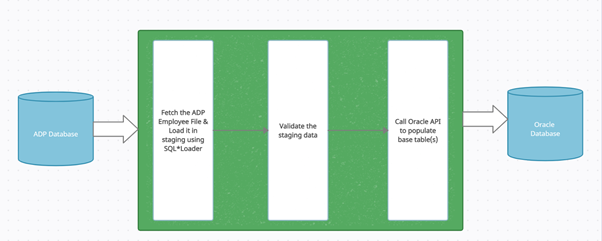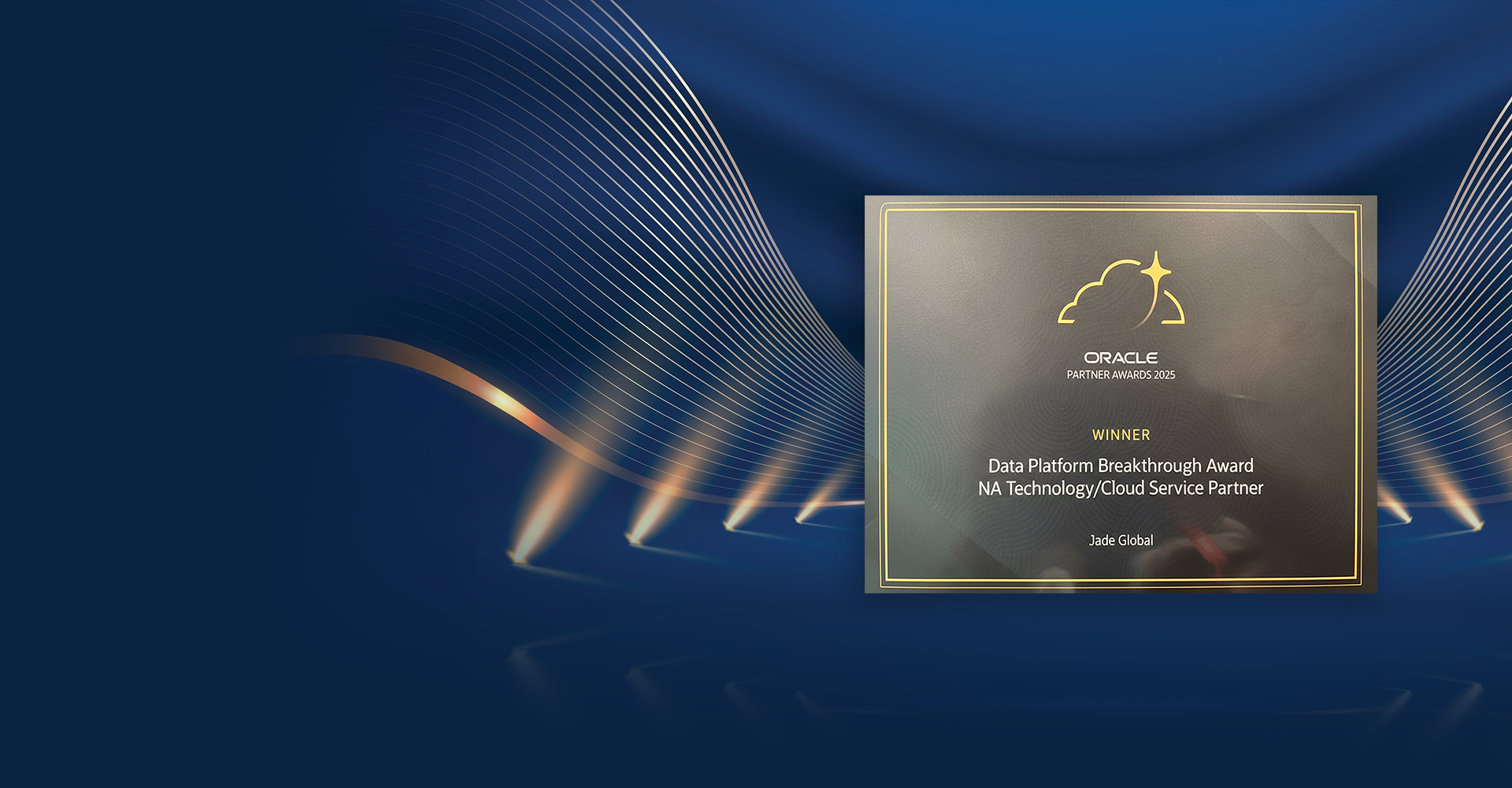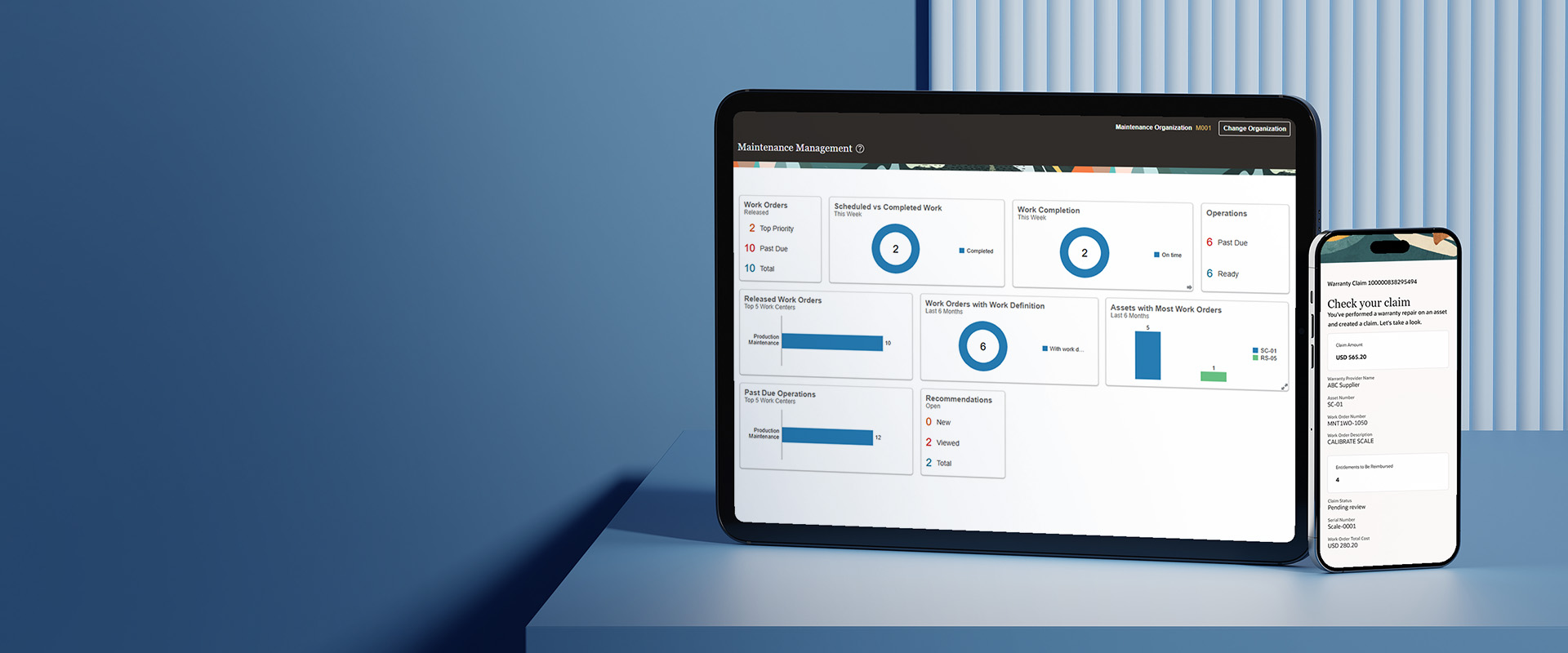Oracle EBS has come a long way, starting with version 10.6 Character User Interface with Database Version 5 in 1995. EBS HRMS is a worldwide recognized and widely accepted application – tool – system for the past few decades with the help of which business user(s) across the globe can organize employee data effectively and efficiently. They can perform activities such as hire/re-hire/terminate/change on the data at any point of time as per the business requirement.
The business aspect of the integration
This blog tells us more about the integration in terms of steps, challenges, and advantages.
Step1: It covers business requirement aspect only – Understand various types and levels of an employee in the ADP system. The type will decide what the activity required for an employee is. It will add an employee– to update employee information – to-re hire an employee and terminate an employee.
Each level comprises various mandatory and optional components.
Level 1 will be the employee header.
Level 2 will be the employee assignment level.
This step involves rigorous interaction with super user(s) since they will deal with the end product once the system is live – up and running.
Most importantly, this step will also decide what the prerequisites on the Oracle EBS side are. Once the data starts flowing – it should fit exactly as per the business requirement – less hiccups in the post-production era. This step is purely based on discussion(s), which happens in terms of F2F (onsite team) and/or con calls (onsite/offshore team).
Step2: It covers both functional and technical aspects of the integration, which will decide the file layout. This step will map an employee's mandatory and/or optional components with the Oracle EBS HRMS system. This step will be the basis or act as an input to this integration.
Step3: It covers the system's technical aspect – Load the ADP data in Oracle staging – validate it – call the Oracle API to load the validated data in base tables. The output will show correct & erroneous data to be rectified. Corrected data will follow the same process, which is load – validate – populate in this integration.
Challenge: To date, employee information was being stored in Oracle EBS HRMS only, and now it will flow from the ADP system to Oracle, i.e., reverse engineering.
ADP being a new system, the first and foremost task is to sync prerequisite data from Oracle in ADP, which is master data, so that when data will flow from ADP to Oracle, which is transactional data (employee data), it will not mess up and create problem(s) in the future. Most importantly, this data is confidential, so we need to be very careful playing around with it.
Synchronization (existing Oracle EBS HRMS to ADP) consists of the following entities
- Employee data, including supervisor (which in itself is an employee)
- Organization
- Job title
- Position
- Grade
Advantages
Having this systematic approach saves a considerable amount of time and, most crucial, helps super users know right from the beginning what is being developed for them. It is part of their training as well. Secondly, mapping is done early, not to miss even a single component once we develop the integration.

The technical aspect of the integration
- Load the pipe-delimited data from ADP into Oracle staging using SQL*Loader
- Validate the data using PL/SQL
- Call Oracle seeded API(s) to populate the base tables
Database: 12c CLOUD
EBS: R12.2.10













